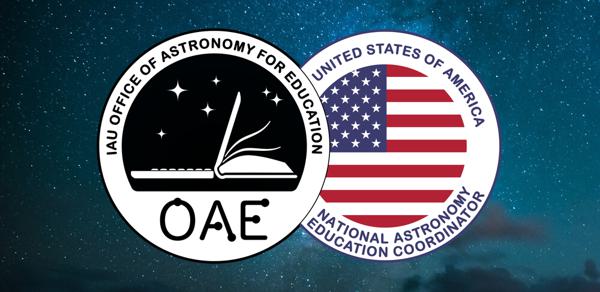Glossary term: M 型星
Description: 光譜類型為 "M" 的恆星。天文學家通過光譜中是否存在分子吸收帶(主要來自鈦氧化物)來識別 M 型星。它們的典型(有效)溫度大約在 2500 K 到 3700 K 之間。與其他恆星相比,它們在人眼中呈現紅色。光譜類型為 M 的主序星被稱為紅矮星。M型星也可以是紅巨星或紅超巨星;這些類型的恆星大多是 M 型星,但也包括一些 K 型星以及一些具有強烈的碳光譜特徵的更奇特的恆星類型。獵戶座的參宿四就是一顆 M 型超巨星。
Related Terms:
See this term in other languages
Term and definition status: The original definition of this term in English have been approved by a research astronomer and a teacher The translation of this term and its definition is still awaiting approval
This is an automated transliteration of the simplified Chinese translation of this term
The OAE Multilingual Glossary is a project of the IAU Office of Astronomy for Education (OAE) in collaboration with the IAU Office of Astronomy Outreach (OAO). The terms and definitions were chosen, written and reviewed by a collective effort from the OAE, the OAE Centers and Nodes, the OAE National Astronomy Education Coordinators (NAECs) and other volunteers. You can find a full list of credits here. All glossary terms and their definitions are released under a Creative Commons CC BY-4.0 license and should be credited to "IAU OAE".
If you notice a factual or translation error in this glossary term or definition then please get in touch.
Related Diagrams
Spectrum of an M-type star
Credit: IAU OAE/SDSS/Niall Deacon
License: CC-BY-4.0 Creative Commons 姓名標示 4.0 國際 (CC BY 4.0) icons









